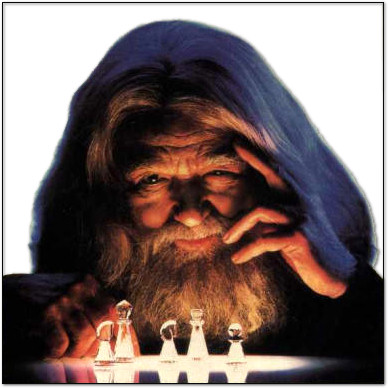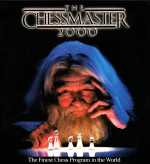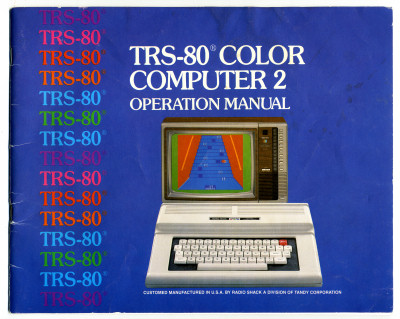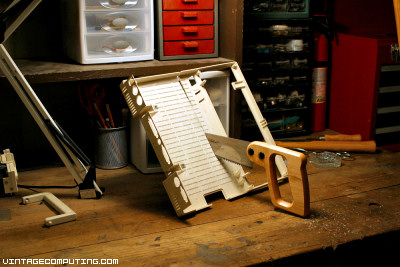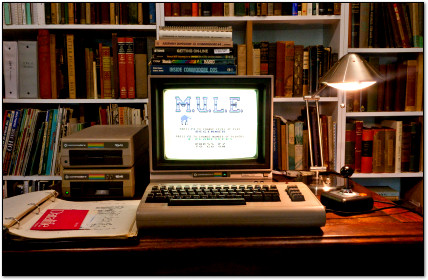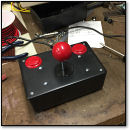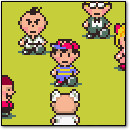[ Fuzzy Memory ] C64 BBS Simulator Game
Tuesday, August 28th, 2012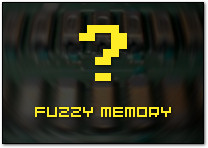 Every once and a while, I receive emails from people looking for a certain game, electronic toy, or computer from their distant past. I then pass it on to intrepid VC&G readers to crack the case.
Every once and a while, I receive emails from people looking for a certain game, electronic toy, or computer from their distant past. I then pass it on to intrepid VC&G readers to crack the case.
The Clues
Richard writes:
My father’s birthday is fast approaching, and I want to find him one of his classic games from the Commodore 64. Unfortunately, the name has been lost in time and his fuzzy memory, though the details of it remain. He often remarks about the amazing depth given to characters in the game.
The plot was a mystery of some sort, set in various Bulletin Board Systems. Some clues would be several messages back in the board, and various NPCs would post messages to the board at key points in the story. When connecting to a board, it would slide in from right to left, and then wobble slightly as it stabilized. Apparently the game itself was very well built, apparently having rather good word recognition, allowing for normal-ish conversations.
Beyond that, I know very little about the game. Hopefully the you can help me out, I’d really like to see this game for myself, and I’m sure it would bring him a great deal of joy. Hopefully what I have will be enough.
Thanks for any help,
Richard
The Search Begins
It’s up to you to find the object of Richard’s fuzzy memory. Post any thoughts or suggestions in the comments section below. Richard will be monitoring the comments, so if you need to clarify something with him, ask away. Good luck!
—
Have a memory of a computer, video game, computer software, or electronic toy you need help identifying? Send me an email describing your memories in detail. Hopefully, the collective genius of the VC&G readership can help solve your mystery.
